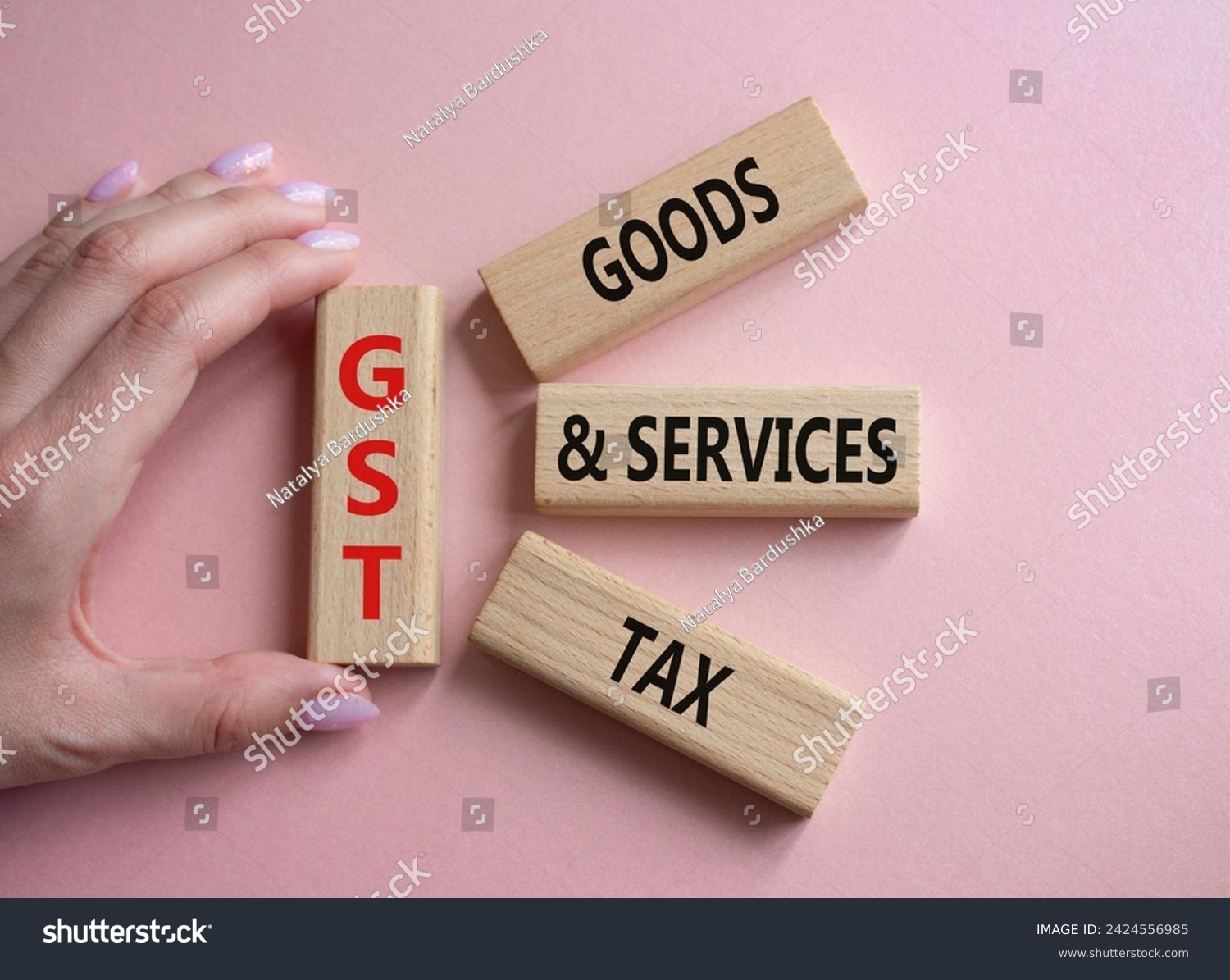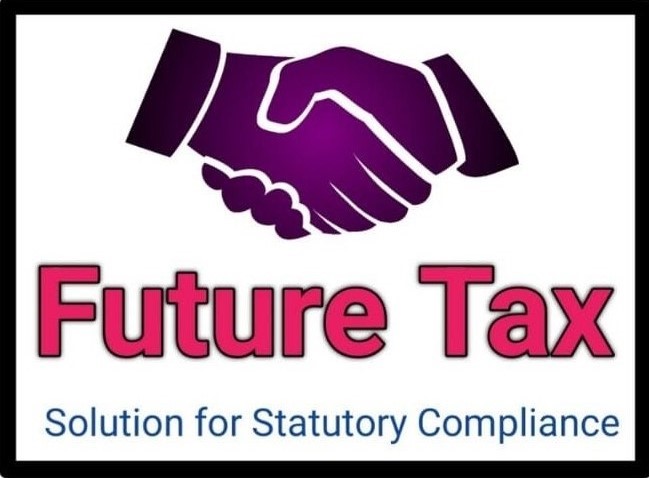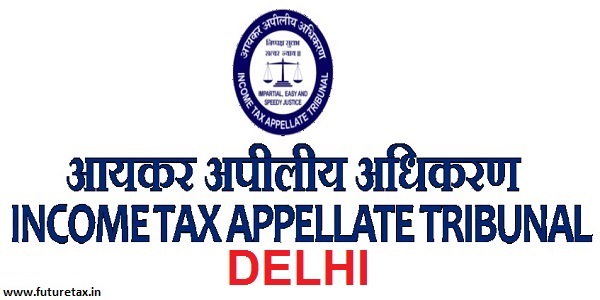
Essential GST Compliance Checklist for Businesses in India (2024)
- GST
- August 25, 2024
- No Comment
- 224
- 12 minutes read
Essential GST Compliance Checklist for Businesses in India (2024)
Goods and Services Tax (GST) has become an integral part of the Indian taxation system since its implementation in 2017. For businesses, complying with GST regulations is crucial not only to avoid penalties but also to streamline operations and maintain credibility with clients, suppliers, and tax authorities. With GST laws continuously evolving, staying compliant requires diligence, regular updates, and a thorough understanding of the GST framework.
This comprehensive checklist will guide you through the essential aspects of GST compliance, helping you ensure that your business adheres to the latest regulations in 2024.
1. GST Registration
Why It’s Important:
GST registration is mandatory for businesses whose aggregate turnover exceeds the threshold limit set by the government. As of 2024, the threshold limits are:
- ₹20 lakh for service providers.
- ₹40 lakh for suppliers of goods (₹20 lakh for special category states).
Key Actions:
- Determine if your business needs to register for GST based on the turnover thresholds.
- Complete the online registration process on the GST portal (www.gst.gov.in).
- Obtain a GST Identification Number (GSTIN), which is a 15-digit unique code that serves as your business’s identity under GST.
- Display your GSTIN prominently at your business premises and on all invoices.
Pro Tip: Even if your turnover is below the threshold, consider voluntary registration if your clients or suppliers are GST-registered, as this allows you to claim Input Tax Credit (ITC) and enhances your business’s credibility.
2. Invoicing and Billing
Why It’s Important:
Correct invoicing is critical for accurate GST filing and claiming ITC. Non-compliance in invoicing can lead to penalties and loss of ITC.
Key Actions:
- Ensure that all invoices are GST-compliant. A GST-compliant invoice must include:
- Supplier’s name, address, and GSTIN.
- The invoice number and date.
- Recipient’s name, address, and GSTIN (if registered).
- Description of goods or services.
- Quantity and value of goods.
- The applicable GST rate (CGST, SGST, IGST).
- Amount of tax charged.
- Place of supply.
- Signature of the supplier.
- For businesses with turnover exceeding ₹5 crore, e-invoicing is mandatory. Ensure your invoicing system is integrated with the GST Network (GSTN) to generate e-invoices.
- Issue a bill of supply for transactions where GST is not applicable, such as sales by composition scheme taxpayers or the supply of exempt goods/services.
Pro Tip: Use GST-compliant invoicing software to automate the process, ensuring accuracy and saving time.
3. Filing GST Returns
Why It’s Important:
Filing accurate and timely GST returns is essential to remain compliant, avoid penalties, and ensure smooth operations.
Key Actions:
- Monthly/Quarterly Returns: Based on your turnover, file the appropriate returns:
- GSTR-1: Details of outward supplies (sales), to be filed monthly by the 11th of the next month or quarterly by the 13th of the month following the quarter.
- GSTR-3B: Summary return of sales, purchases, and tax liability, to be filed by the 20th of the next month.
- Annual Return: File the annual return (GSTR-9) by December 31st of the following financial year. This includes consolidated details of all monthly/quarterly returns filed during the year.
- Reconciliation Statement: Businesses with a turnover exceeding ₹2 crore must also file a reconciliation statement (GSTR-9C) audited by a Chartered Accountant.
Pro Tip: Regularly reconcile your books of accounts with GST returns to identify and rectify any discrepancies. This helps in smooth filing and prevents issues during GST audits.
4. Claiming Input Tax Credit (ITC)
Why It’s Important:
Claiming ITC allows businesses to reduce their tax liability by offsetting the tax paid on purchases against the tax collected on sales.
Key Actions:
- Ensure that ITC is claimed only on goods/services used for business purposes.
- Verify that the supplier has filed their GST returns, and the tax has been paid to the government. ITC can only be claimed if the supplier has uploaded the invoice on the GSTN portal.
- Maintain proper documentation, including purchase invoices and receipts, to support ITC claims.
- Regularly reconcile GSTR-2A (auto-populated return based on suppliers’ GSTR-1) with your purchase records to ensure all eligible ITC is claimed.
Pro Tip: Avoid last-minute rushes by reconciling ITC claims monthly. This also helps in identifying any errors or omissions early.
5. Managing Reverse Charge Mechanism (RCM)
Why It’s Important:
Under the Reverse Charge Mechanism, the recipient of goods/services is liable to pay GST instead of the supplier. Proper management of RCM is crucial for compliance.
Key Actions:
- Identify transactions that fall under RCM, such as services from unregistered suppliers or import of services.
- Pay the applicable GST on RCM transactions and report it in your GSTR-3B.
- Claim ITC on RCM paid, provided the goods/services are used for business purposes.
- Maintain detailed records of all RCM transactions to ensure accurate reporting and ITC claims.
Pro Tip: Regularly review your procurement processes to identify any new transactions that may fall under RCM and ensure compliance.
6. GST Payment
Why It’s Important:
Timely payment of GST is crucial to avoid interest and penalties. GST must be paid on or before the due date of filing GSTR-3B.
Key Actions:
- Calculate your GST liability after adjusting ITC.
- Pay the GST liability through the GST portal using electronic cash ledger or electronic credit ledger.
- Ensure the payment is made before the due date to avoid interest charges at 18% per annum.
Pro Tip: Set up reminders for GST payments to ensure they are made on time. Automating the payment process through your accounting software can also help avoid delays.
7. Composition Scheme Compliance
Why It’s Important:
The Composition Scheme simplifies GST compliance for small businesses by allowing them to pay tax at a fixed rate on turnover instead of the regular GST rates.
Key Actions:
- Determine your eligibility for the Composition Scheme based on your turnover:
- Manufacturers and traders with turnover up to ₹1.5 crore.
- Service providers with turnover up to ₹50 lakh.
- File CMP-08 (quarterly statement-cum-challan) by the 18th of the month following the quarter.
- File GSTR-4 (annual return) by April 30th of the following financial year.
- Ensure that no ITC is claimed under the Composition Scheme and that the prescribed tax rate is applied to all supplies.
Pro Tip: Weigh the benefits of the Composition Scheme against regular GST registration to determine which is more beneficial for your business.
8. Handling GST Audits
Why It’s Important:
GST audits are conducted to verify the accuracy of the returns filed and the correctness of the tax paid. Being prepared for an audit can save your business from potential penalties.
Key Actions:
- Maintain organized and up-to-date records of all GST-related documents, including invoices, returns, ITC claims, and payments.
- Ensure that your accounting software and systems are GST-compliant and capable of generating accurate reports.
- Regularly conduct internal audits to identify and rectify any discrepancies in GST compliance.
- Respond promptly and accurately to any audit queries from the GST authorities.
Pro Tip: Engage a tax professional or consultant to conduct periodic reviews of your GST compliance to identify any issues before an official audit.
9. Managing GST Refunds
Why It’s Important:
Businesses are eligible for GST refunds in cases of excess tax paid, exports, or inverted duty structure. Efficient management of refunds is essential for maintaining cash flow.
Key Actions:
- Identify situations where you are eligible for a GST refund, such as export of goods/services, excess ITC accumulation, or cancellation of GST registration.
- File the refund application (RFD-01) through the GST portal within the prescribed time limit.
- Ensure all supporting documents, such as export invoices, shipping bills, and proof of payment, are correctly uploaded with the refund application.
- Track the status of your refund application regularly and address any queries raised by the GST authorities.
Pro Tip: Keep a dedicated record of all transactions leading to a refund claim to streamline the refund application process and reduce processing time.
10. Stay Updated with GST Amendments and Notifications
Why It’s Important:
GST laws and regulations are subject to change, and staying updated with the latest amendments is crucial for ongoing compliance.
Key Actions:
- Regularly check the GST portal and other official sources for updates on GST laws, rates, and compliance requirements.
- Subscribe to newsletters, attend webinars, and join professional networks to stay informed about the latest GST developments.
- Review and update your GST compliance practices and accounting systems based on new amendments or notifications.
Pro Tip: Consider appointing a dedicated GST officer or consultant within your organization to monitor and implement GST updates effectively.
Conclusion
GST compliance is a continuous process that requires careful attention to detail and regular updates. By following this comprehensive checklist, businesses can ensure they meet all GST requirements, avoid penalties, and optimize their tax liabilities. In 2024, as GST regulations continue to evolve, staying proactive and informed will be key to maintaining compliance and ensuring smooth business operations.
Whether you are a small business owner, a large corporation, or a tax professional, this checklist serves as a valuable guide to navigating the complexities of GST and achieving seamless compliance




